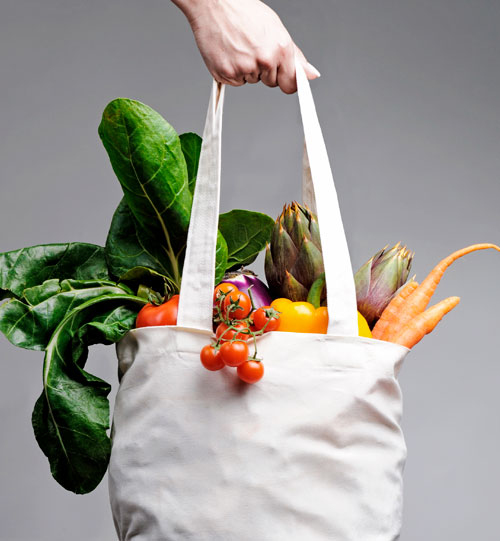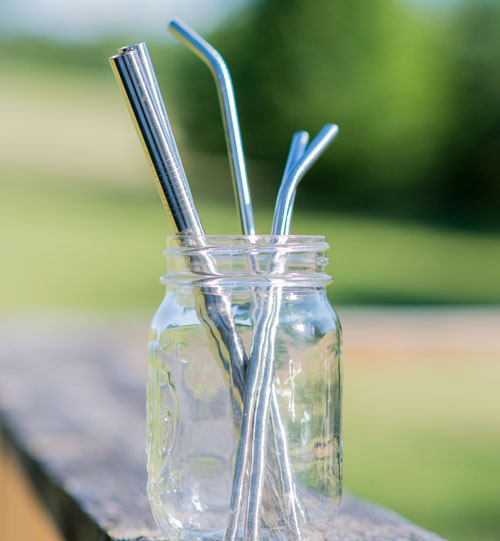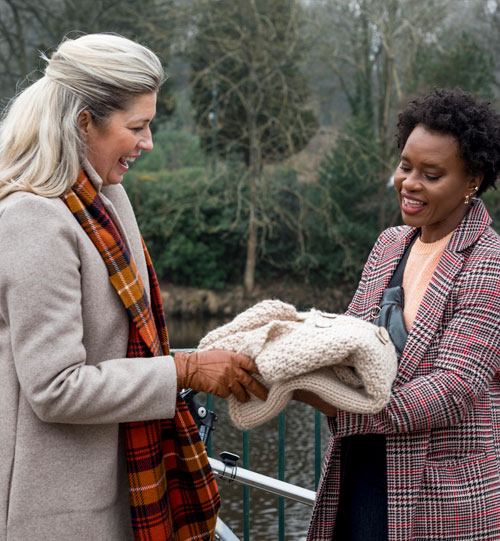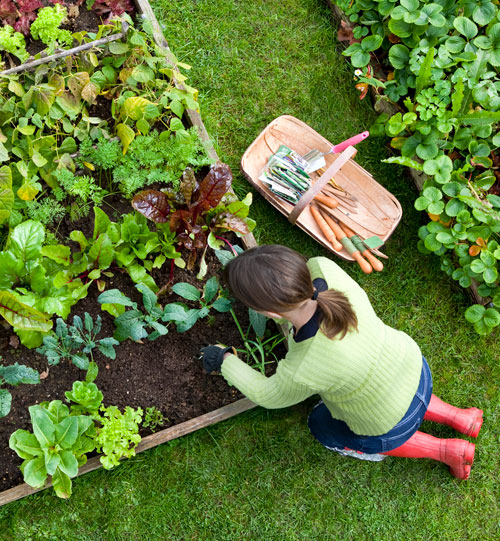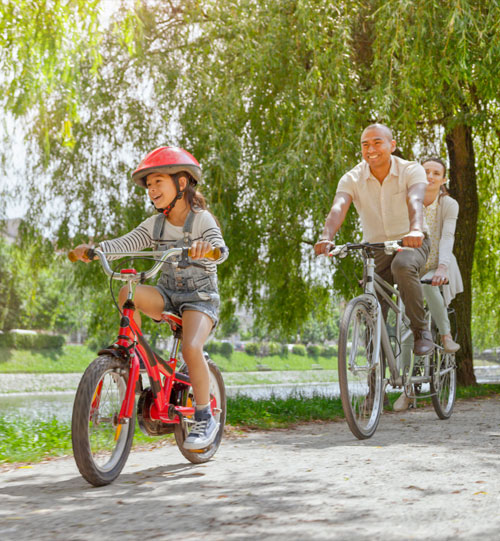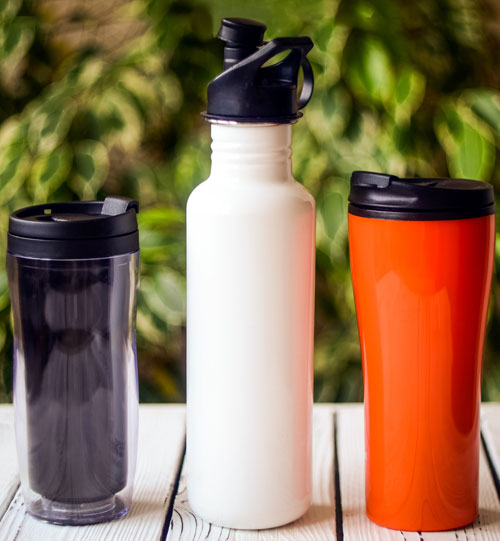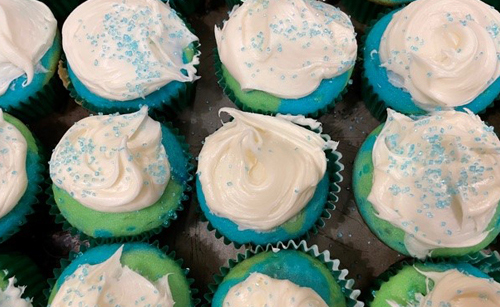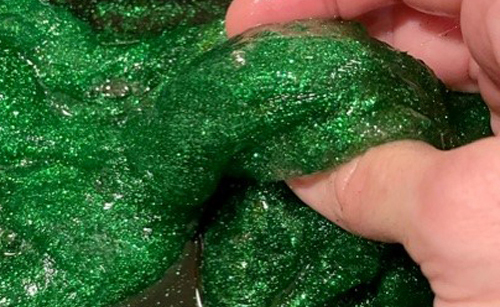Celebrate our incredible planet every year on Earth Day! The planet needs our help to thrive, and Earth Day is a great way to make it a better place for all the creatures and plants that live on it. Read on to learn about the history of Earth Day and how you can join in the fun.
The history of Earth Day
Earth Day started on April 22, 1970 when millions of Americans pledged together to bring greater awareness to the common goal of protecting our planet. Many consider this day to be the launch of our modern environmental movement. Earth Day is a global event and the one day with the greatest volunteer activities occurring. In fact, some organizations celebrate during the entire month of April, calling it Earth Month.
Many landmark climate and environmental laws have since been passed in the U.S. and other countries following that first Earth Day. In 2016, Earth Day was selected as the day the United Nations signed the Paris Climate Agreement.

What’s the difference between weather and climate?
You can’t weather a tree, but you can climate.
Earth Day in Clark County
Since 1999, Clark Public Utility StreamTeam volunteers have planted more than 17,526 trees at the Earth Day Fest and removed thousands of pounds of invasive weeds in the Salmon Creek Watershed.
Over the years, Earth Day Fest evolved from a modest morning of tree-planting into a community tradition that draws hundreds of volunteers to weed pulls, trash pick-ups, and tree planting restoration events, as well as numerous community partners and thousands of visitors to its family friendly festival at Salmon Creek Regional park.
You don’t need to get involved with a big initiative or event to be a part of the common goal of taking care of and improving our planet. Every small step you take goes a long way in helping this planet we call home.

Why are recycling bins optimistic?
Because they’re full of cans.
Lower your carbon footprint
You’ve probably heard people talking about their carbon footprint and wanting to make it smaller. A carbon footprint is a way to measure how much carbon dioxide and other carbon compounds are released based on a person’s actions. These carbon emissions have a negative effect on the environment. Think of your carbon footprint like the shoe impression you leave behind after walking through mud; once made it stays there.
Some things you can do to lower your carbon footprint:
Shop local
Did you know we have amazing farmers’ markets in Clark County? Vancouver, Battle Ground, Ridgefield, Camas, and other locations around Clark County, WA have farmers’ markets that are usually open spring through fall. Be sure to check the internet for locations and times. Shopping at these farmers’ markets can lower your carbon footprint while also supporting local jobs and agriculture.
Bring your own bag
Be sure to bring a reusable bag or basket to carry produce home from the store or farmers’ market. Some plastic bags can take 10 – 20 years to decompose if put in a landfill.
Use a metal straw
One metal straw can save 540 plastic straws from entering a landfill. They are also way better than paper straws that disintegrate in your drink!
Recycle
Take time to sort the trash and put recycling in the bin. Waste Connections has an app to help you know what is recyclable in Clark County, WA and what is trash. The energy needed to make new cans can be saved by recycling used cans. Recycling 100 cans saves enough energy to keep the lights on in your room for two weeks and those cans can be back on the grocery store shelf in about 3 weeks. Glass is 100% recyclable, endlessly!
Try “Meatless Monday”
One day a week might not seem like much, but reducing your meat consumption by even one day can have an impact! Greenhouse gas emissions from livestock, largely from burping cows and sheep and their manure, currently make up almost 15% of global emissions.
Clothing swap
Instead of buying new clothing, try swapping with your friends! Maybe you have the perfect pants to match their shirt and give it a whole new look.
Plant a tree
Planting trees has positive impacts on the environment. Don’t have the space in your yard? Volunteer to plant trees with our StreamTeam or consider increasing the number of plants in the home or apartment — even this simple can help improve air quality.
Grow your own food
Whether you have a yard or a small patio, you can grow your own healthy food rather than driving to the store to buy produce that has been shipped from all over the world.
Ride your bike or walk
If it’s safe to do so, consider riding your bike to school or a friend’s house instead of having an adult drive you.
History of Earth Day
- Earth Day started in 1970.
- Senator Gaylord Nelson of Wisconsin created the concept of Earth Day in 1969 after visiting the massive Santa Barbara oil spill.
- On the very first Earth Day, 20 million people (or 10% of the American population) got involved!
- 95% of primary and secondary schools in the U.S. observe Earth Day.
- Clark Public Utilities celebrates Earth Day every year.

Read more about Earth Day and suggested books on other topics in our Resources section!


